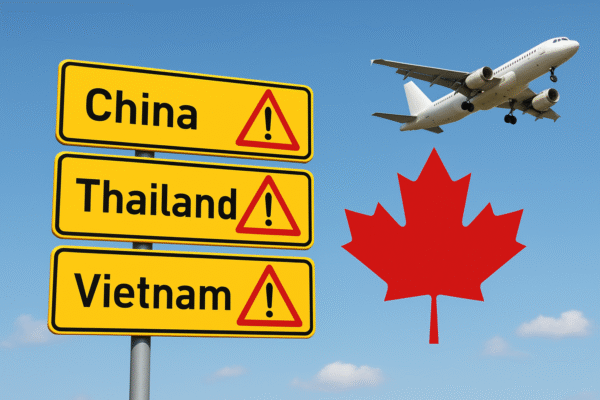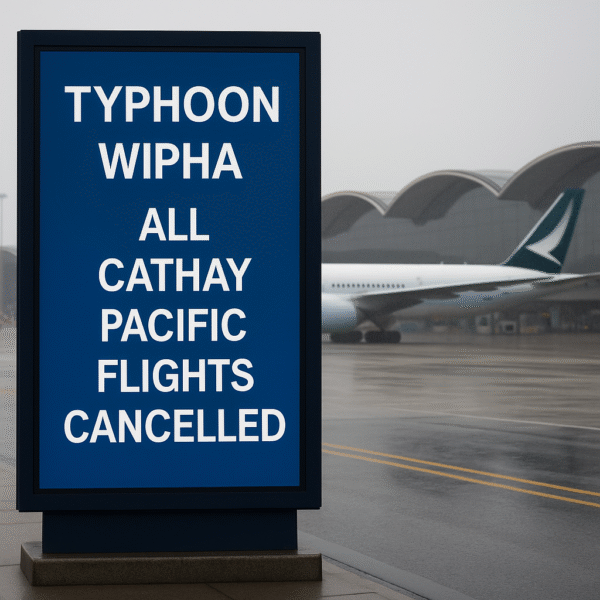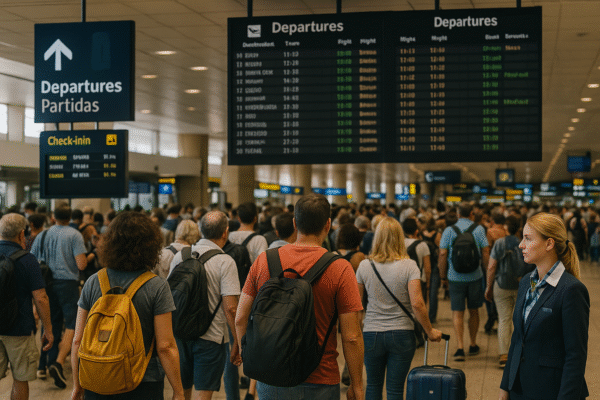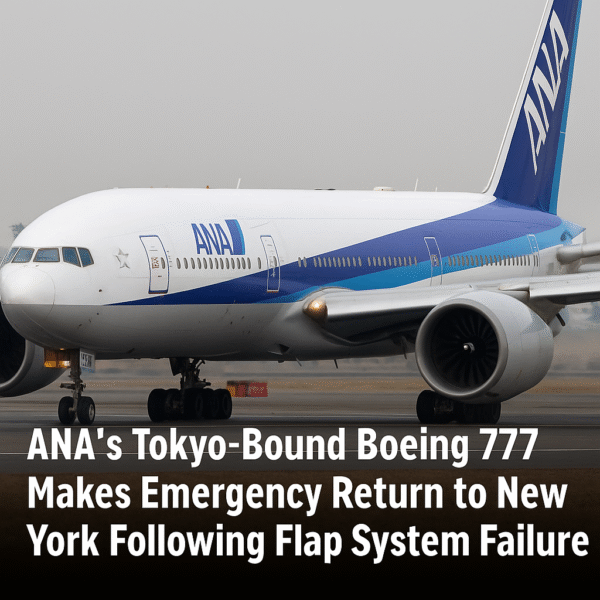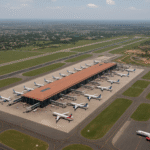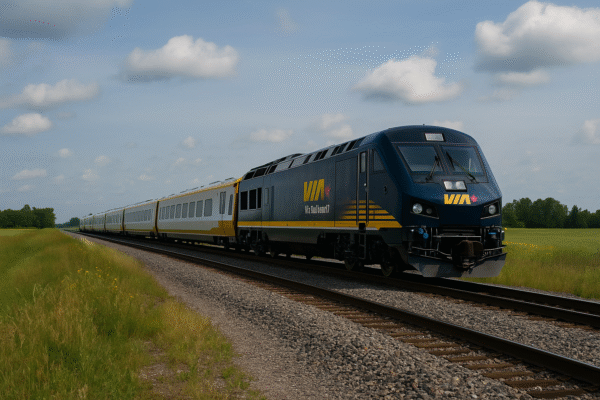In a high-profile aviation disruption, All Nippon Airways (ANA) flight NH109, operating from New York’s John F. Kennedy International Airport (JFK) to Tokyo Haneda Airport, was forced to make an emergency return on July 15, 2025. The aircraft, a Boeing 777-381(ER), experienced a critical flap system malfunction shortly after departure, prompting swift intervention by the flight crew and raising new concerns about inflight mechanical reliability and passenger service responses.
Flight Aborts Trans-Pacific Journey After System Failure
The ANA flight took off from JFK with 203 people aboard, including passengers and crew, bound for Tokyo. Approximately 15 minutes into the flight and at an altitude of 16,000 feet, the crew detected irregularities in the flap control system—components crucial to managing lift and stability during key flight phases such as takeoff and landing.
According to air traffic control (ATC) logs, the crew notified authorities of the mechanical issue and entered a holding pattern over Long Island Sound. In coordination with JFK tower and New York Center, the aircraft spent over an hour burning and dumping fuel in a designated air corridor to reduce landing weight, as per Federal Aviation Administration (FAA) safety requirements.
Crew Response and Safe Return to JFK
The flight crew followed established aviation safety protocols, maintaining constant communication with ATC and advising passengers to remain seated. Emergency services at JFK were placed on standby, but the aircraft touched down safely without injuries. It was towed to a secure maintenance apron following inspection by ground safety personnel.
The aircraft, registered as JA734A, has been a mainstay of ANA’s long-haul fleet and is known for its reliability. However, the flap issue—whether stemming from hydraulic, electrical, or mechanical faults—has prompted a detailed technical investigation by ANA’s engineering team, supported by Boeing and Japan’s Civil Aviation Bureau.
Passenger Complaints Over Delayed Support and Poor Communication
While ANA’s crew were praised for handling the emergency professionally, passengers expressed frustration over the lack of timely information following landing. Several travelers, including business-class customers, reported waiting hours for rebooking updates and assistance at the airport terminal. A hotel voucher worth $500 was issued to some travelers, but many noted confusion and minimal staff presence to guide them through the rebooking process.
“I understand mechanical failures happen, but the lack of coordination after landing was shocking,” said Daniel Lee, a Tokyo-bound passenger from Manhattan. “We were told to wait for emails that never came.”
ANA later confirmed that all passengers were either rebooked on later flights or offered accommodations, but acknowledged logistical gaps in on-the-ground support that it aims to improve.
Technical Inspection and Safety Review Underway
The aircraft remains grounded at JFK while ANA conducts an extensive inspection of the flap system. Although no preliminary safety bulletins have been issued, ANA confirmed that it is collaborating closely with Boeing and relevant aviation authorities to determine root causes and prevent recurrence.
Mechanical issues involving flap systems are rare but not unprecedented. These aerodynamic components extend from the wings to increase lift during takeoff and landing. A failure can cause major performance concerns, particularly on long-haul aircraft like the Boeing 777, which operate at high weights and over large oceanic expanses.
Broader Implications for Airline Operations and Passenger Experience
This incident comes amid rising scrutiny of aviation safety and passenger handling across global carriers. Industry analysts suggest that while inflight technical failures are typically managed well thanks to robust crew training and aircraft design, airline recovery procedures after disruptions still fall short of passenger expectations—especially for international routes.
“Avoiding injury and ensuring safe landings is just the beginning,” says Alan Reyes, an aviation analyst at Global Airwatch. “The passenger experience doesn’t end when wheels touch down. Communication, rebooking efficiency, and support services must be seamless.”
Historical Context and Safety Record
This isn’t the first mechanical incident involving Japan-based carriers or Boeing 777s in U.S. airspace. In 2021, a United Airlines 777 operating out of Denver suffered an engine failure and safely returned to the airport—a widely publicized case that prompted engine model inspections across fleets.
ANA, one of Asia’s most respected full-service airlines, is known for its exceptional safety record and has routinely received high marks for in-flight service and punctuality. Yet incidents such as flight NH109’s return to JFK underline the complex balance between technical safety, operational disruption, and customer service in today’s air travel ecosystem.
Aviation Safety Practices in Focus
Aviation authorities, including the FAA and Japan’s MLIT (Ministry of Land, Infrastructure, Transport and Tourism), have increasingly emphasized proactive maintenance and predictive monitoring tools to detect early signs of component fatigue or failure. Airlines like ANA have also incorporated AI-based systems to enhance fleet diagnostics.
Still, mid-air incidents remain unpredictable. Passengers are encouraged to heed seatbelt signs, follow crew instructions closely, and opt for comprehensive travel insurance in the event of disruptions, especially on long-haul flights across the Pacific.
Conclusion
The July 15 ANA flap failure incident, while resolved without injury, serves as a critical reminder of the rigorous systems in place to protect travelers—and the growing importance of clear post-incident communication. As the global airline industry continues to recover and grow, ensuring both flight safety and seamless passenger experience will remain central to public confidence in international travel.
For more travel news like this, keep reading Global Travel Wire





